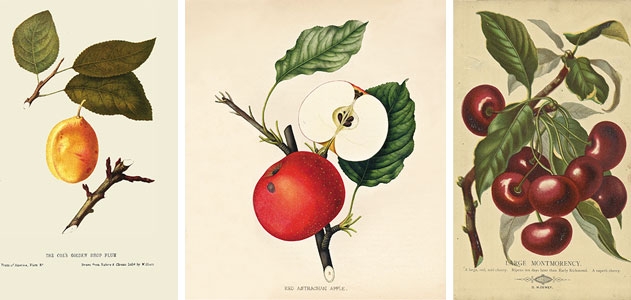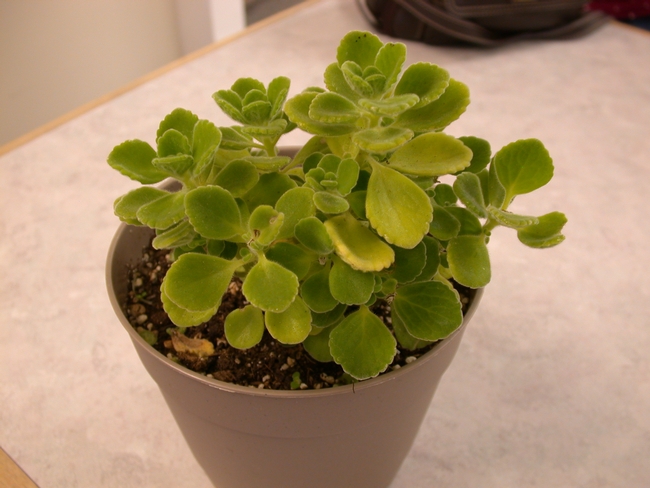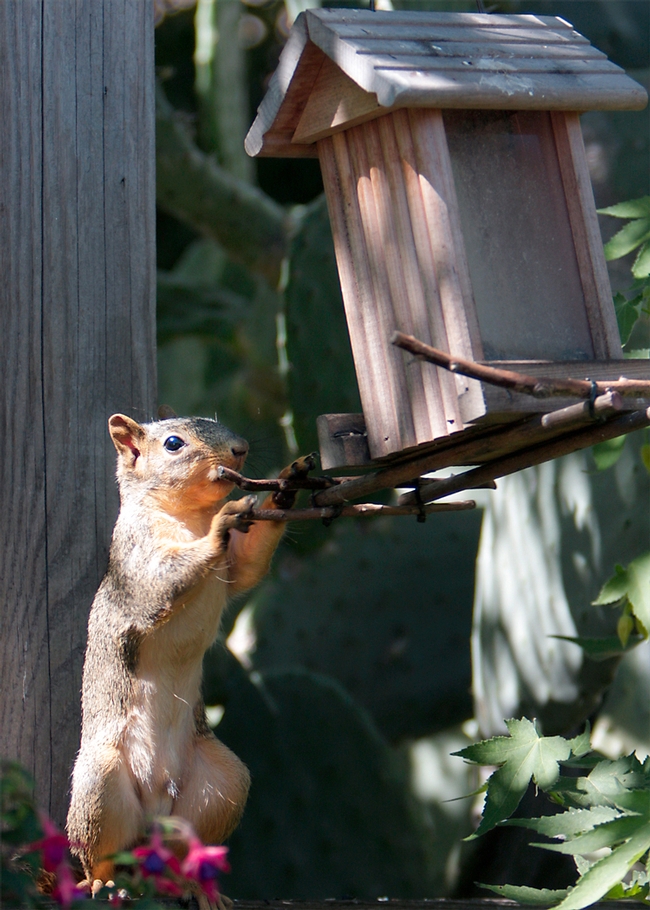- Author: Trisha Rose

A few years down the road and we both agreed that it would be nice to have some rose bushes. So we shopped for roses on the weekends and found spots in the back garden for our new treasures. Of course, we choose our roses by color, fragrance, and size. My earlier experiences with roses had been rather lucky. I had planted bush roses that bloomed and thrived in the East Bay climate with virtually no pests or diseases.
We were happy with our beautiful roses and as we ran out of room in the backyard, we decided to remove one of the lawn mow strips in front yard and plant some more roses. These new roses would benefit from the daylong full sun exposure with the south west orientation; something we were beginning to realize might be a problem with some of the shady backyard planting areas. We had a dedicated rose bed encircled with tree roses which were doing very well until I decided to plant a cute little fig tree in the vacant middle part of the bed. A couple of years later the fig had to go, as it grew up it provided a little too much shade and attracted the squirrels, much to the chagrin of our two large dogs. (to be continued on October 12)

- Author: Edward Walbolt
Many of us, me included, enjoy getting out of the office or house to go for a walk to get the heart pumping for a little exercise. My walks afford me a vacation from daily stress while providing me with the opportunity for an adventure through Solano’s garden oasis. I try to take a little different path each time I venture out so that I can feast my eyes on all the horticultural aspects my surroundings have on display. While I explore, I am tantalized by the immense creativity gardeners have and I am even more mesmerized by natural landscapes that somehow create art without much human intervention at all. I often forget I am “exercising” because while I move my thought stream around how visually captivating the landscape is. I enjoy the lingering uplifting effects that the gardens intrinsically inspire me. While I am out enjoying the landscapes, I find myself wishing that I was the proud parent of some of the more unique foliage I encounter. It occurs to me that the general public is an eclectic group, often times reinforcing the phrase “ignorance is bliss”. An example was seen when I walked past a front yard full of Hibiscus rosa-sinensis someone just planted in mid-October in Vallejo. I think that I have pretty liberal feelings toward gardening ignorance and personally give an A grade for those who display much effort at all. When someone plants their most favorite subject in the most incorrect place horticulturally-speaking, I tend to let it slide but sort of chuckle inside. So what if you have to pull them up in 45 days because the seasonal climate change slaughtered the whole batch? During those 45 days, I appreciated the graceful ignorance that killed them, but most especially those very first days when those Hibiscus rosa-sinensis were still in their warehouse store garden department prime.
- Author: Karen Norton

A recent article in the July-August Smithsonian magazine, “Cultivating Art” talks about early American fruit growers enlisting artists to make hand colored lithographs of their fruit. This was done to protect their new varieties of fruit. In 1848, several Eastern seed and nursery leaders initiated what became the first national organization of fruit growers, the American Pomological Society. In 1852, Charles Harvey gathered a series of prints to publish The Fruits of America, Vol. 1, because patent protection did not extend to living organisms. It wasn’t until 1930, that Congress passed the Plant patent Act. This act authorizes a patent to anyone who invented, discovered, or asexually reproduced a distinct and new variety of plant.
- Author: Betty Victor
I have a new addition to my garden, Cuban oregano, not knowing anything about this very fragrant succulent I started to learn what I could.
Cuban oregano (Plectranthus amboinicus) is related to Coleus and has several common names: Spanish thyme, Indian borage, and Mexican mint.

It has thick gray-green saw-tooth leaves that are fuzzy underneath. My plant is young so it has not bloomed, but next summer when it does, its blossoms could be white, pink, lilac or purple. Like most succulents it is easy to grow. This oregano needs shade in the hottest part of the day, but will not do well in very cold weather, so it will need protection from the frost. You can grow it in a container and then when winter arrives, move it inside.
Sunset Western Garden Book says that it is used in Cuban cooking but too much of the herb will overpower other ingredients.
- Author: Sharon Leos
I enjoy watching the wildlife in our suburban garden, so when a squirrel appeared at our bird feeder, I was very excited. We have lived in our house for more than fifteen years and this is only the second time we have seen squirrels in our garden. The first sighting was not long after we moved in, so I think the current visits may be due to our recent addition of the bird feeder.

I checked the UC Integrated Pest Management website and found the squirrel in my photo is probably an eastern fox squirrel (Sciurus niger), a type of tree squirrel. Tree squirrels are active during the day all year-round (they do not hibernate) and enjoy eating a variety of items, several of which are found in the garden. So far, the squirrels in our yard have only eaten bird seeds, so I don’t mind them visiting - emphasis on visiting. I do not want a squirrel population explosion, like we seemed to have had with rats this summer, but that is a story for another day.
Keeping squirrels out of a garden or away from bird feeders can be challenging because they are very smart creatures. I will move to the birdfeeder farther from the fence, hopefully out of squirrels’ reach. The squirrels in our backyard do not like the presence of dogs, so our dogs will be outdoors more in the coming days where I know they will enjoy more time under the Solano sun.
For more information on managing tree squirrels in the garden visit the UC IPM website: http://www.ipm.ucdavis.edu/PMG/PESTNOTES/pn74122.html



